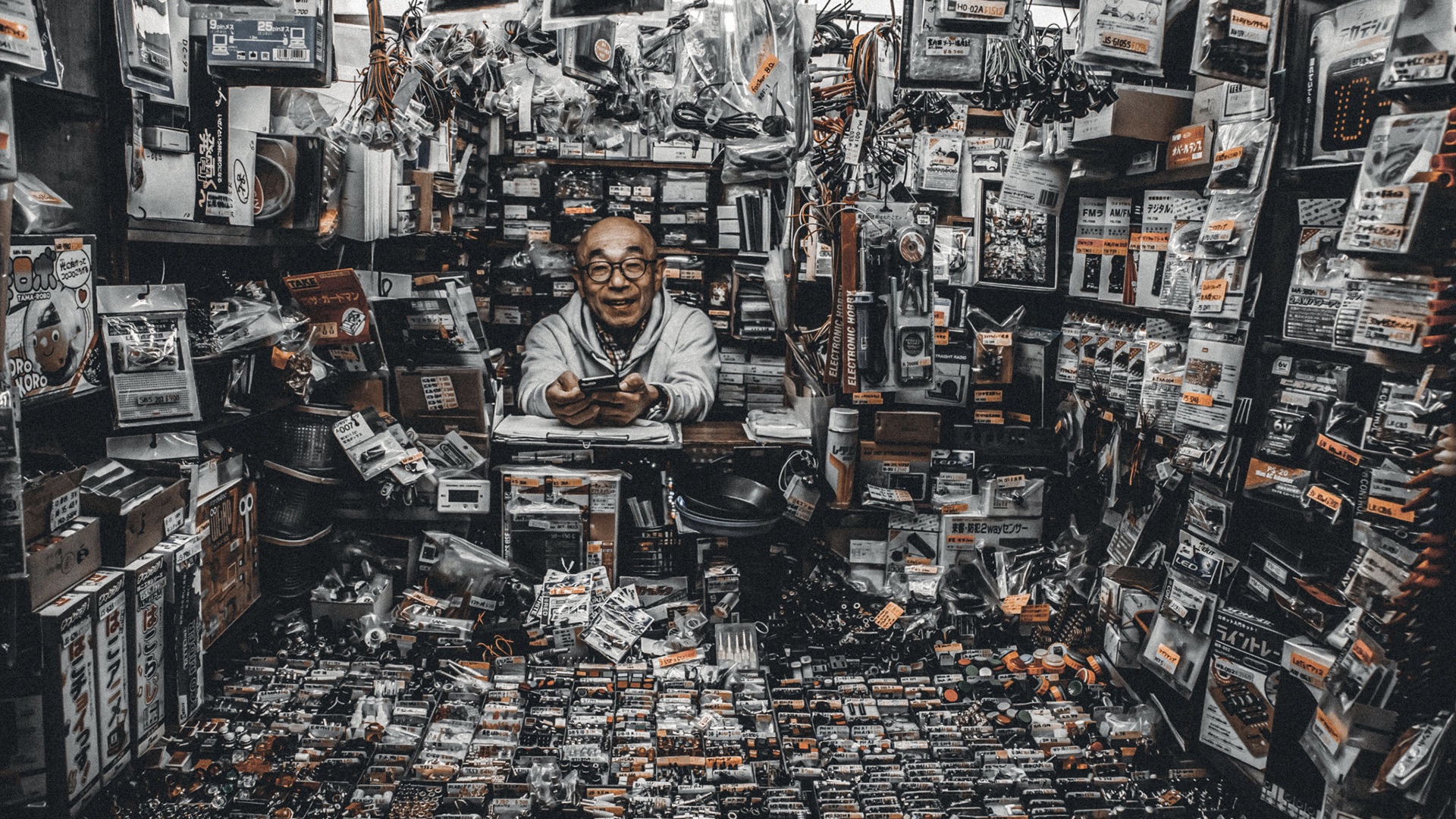Excitement About Street Photographers
Table of ContentsThe Facts About Street Photographers RevealedStreet Photographers Things To Know Before You Get ThisGetting The Street Photographers To WorkRumored Buzz on Street Photographers10 Simple Techniques For Street Photographers
, a genre of photography that records day-to-day life in a public place. The very publicness of the setup makes it possible for the digital photographer to take honest images of strangers, frequently without their knowledge. Street photographers do not necessarily have a social function in mind, but they like to separate and catch minutes which may or else go undetected.He was influenced by numerous of those that influenced the street digital photographers of the 1950s and '60s, he was not primarily interested in capturing the spirit of the street. The impulse to aesthetically record individuals in public began with 19th-century painters such as Edgar Degas, douard Manet, and Henri de Toulouse-Lautrec, that functioned side by side with photographers attempting to capture the essence of urban life.

Provided the fine quality of his photos and the breadth of product, architects and artists frequently acquired Atget's prints to utilize as referral for their own work, though business passions were rarely his main inspiration. Instead, he was driven to photograph every last remnant of the Paris he enjoyed. The mingled enthusiasm and urgency of his objective sparkle through, leading to photos that tell his very own experience of the city, qualities that expected road photography of the 20th century.
4 Simple Techniques For Street Photographers
They expose the city via his eyes. His job and essential understanding of digital photography as an art kind acted as inspiration to generations of professional photographers that complied with. The future generation of road photographers, though they likely did not refer to themselves thus, was ushered in by the photojournalism of Hungarian-born photographer Andr Kertsz.
Unlike his peers, Brassa utilized a larger-format Voigtlnder camera with a longer exposure time, compeling him to be more computed and thoughtful in why not try these out his method than he could have been if using a Leica. (It is believed that he may not have actually been able to afford a Leica during that time, yet he did, however, make use of one in the late 1950s to take colour photos.) Brassa's pictures of the Paris underworld lit up by synthetic light were a revelation, and the collection of the series that he published, (1933 ), was a major success.
Cartier-Bresson was a champion of the Leica camera and among the first photographers to optimize its abilities. The Leica enabled the digital photographer to engage with the environments and to capture minutes as they happened - Street Photographers. Its reasonably little dimension also assisted the photographer discolor right into the background, which was Cartier-Bresson's preferred technique
How Street Photographers can Save You Time, Stress, and Money.
It is due to the fact that of this essential understanding of the art of photo taking that he is frequently attributed with rediscovering the medium all over again roughly a century because its invention. He took site link photographs for even more than a half century and influenced generations of professional photographers to trust their eye and instinct in the minute.
These are the questions I shall try to answer: And afterwards I'll leave you with my own interpretation of road photography. Yes, we do. Let's start with specifying what an interpretation is: According to it is: "The act of defining, or of making something definite, unique, or clear".
No, definitely not. The term is both restricting and misguiding. Seems like a street digital photography ought to be images of a roads appropriate?! And all road professional photographers, besides a handful of outright newbies, will totally appreciate that a road is not the essential part to street photography, and actually if it's an image of a street with maybe a few uninteresting individuals not doing anything of passion, that's not street photography that's a photo of a road.
He makes a valid factor do not you believe? While I agree with him I'm not certain "candid public photography" will certainly capture on (although I do kind of like the term "candid digital photography") because "street photography" has been around for a long time, with numerous masters' names connected to it, so I think the term is below to stay.
Street Photographers Fundamentals Explained
Inside?! I hear you yell as you tremble your fist to the skies. Why not? You can contend the coastline, at a celebration, in a street, in a park, in a piazza, in a cafe, at a museum or art gallery, in a metro terminal, at an event, on a bridge, under a bridge ...

An Unbiased View of Street Photographers
